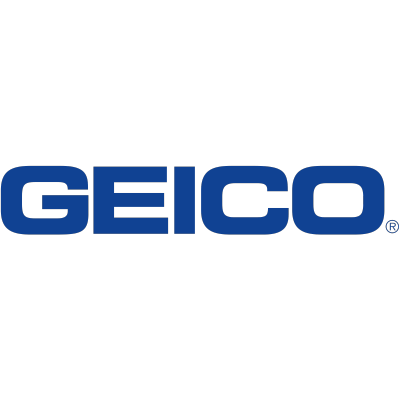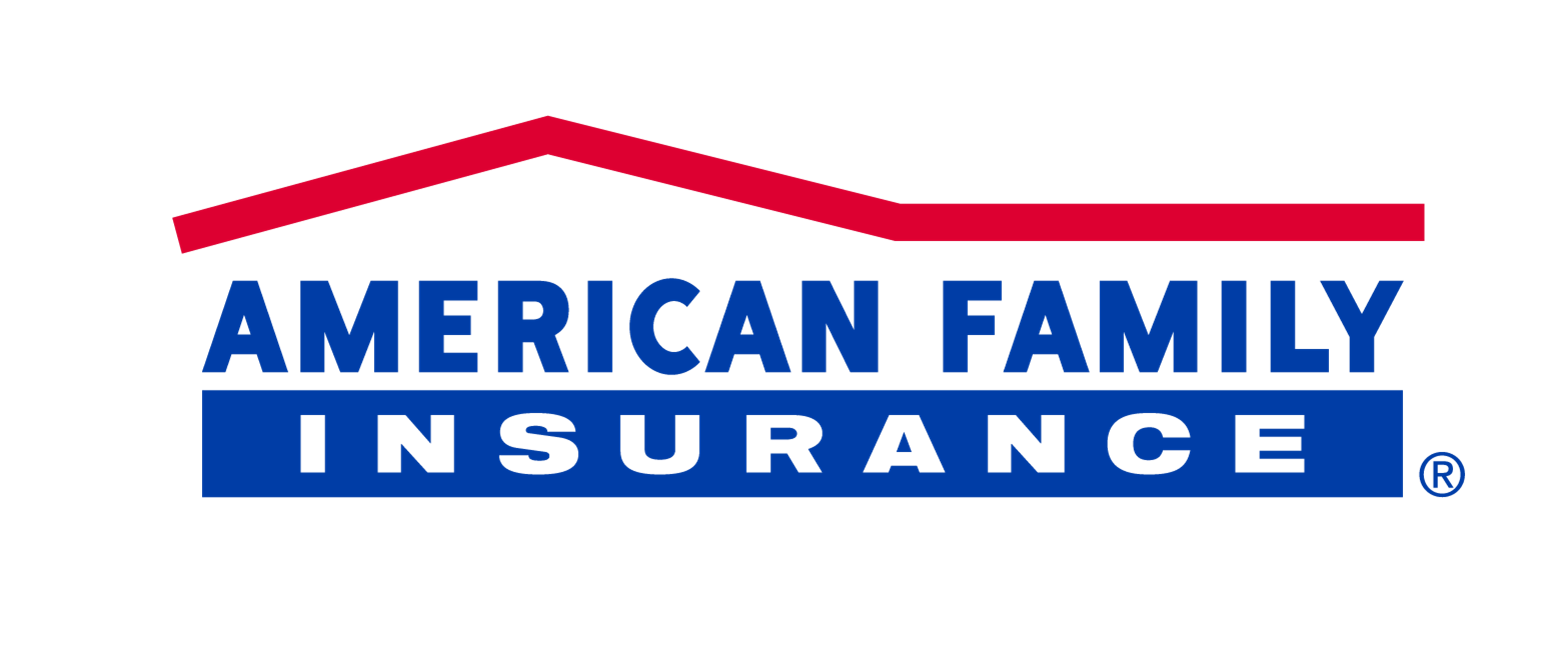All Utah residents need car insurance to drive legally, but with so many options, it can be tough to know where to turn for coverage. The list of the best car insurance providers in Utah below is a good place to begin. Here's a brief breakdown of which companies offer the cheapest rates for several common driver profiles.
- Cheapest for typical drivers: Geico
- Cheapest for drivers with prior accidents: American Family
- Cheapest for drivers with prior speeding tickets: Geico
- Cheapest for drivers with prior DUIs: Progressive
- Cheapest for young drivers: Utah Farm Bureau Insurance
- Cheapest for senior drivers: Nationwide
- Cheapest for drivers looking for minimum coverage: Geico
Cheapest for typical drivers
The average 35-year-old female driver with a clean record pays $1,943 for Utah auto insurance while her male counterpart pays slightly more at $1,955 per year. Both can save considerably by going with Geico. Its average rate is just $1,150 per year for women and $1,127 per year for men.

These insurers are also among the best car insurance companies in Utah:
- Nationwide, where the typical female driver pays $1,344 per year and the typical male pays $1,357 per year
- Progressive, where Utah car insurance costs men with clean driving records about $1,369 per year and women with clean records about $1,497 per year
Cheapest for drivers with prior accidents
A single accident raises the average Utah auto insurance premium to $2,935 annually. This time, it's American Family that offers the cheapest rate, with an average annual premium of $2,060.

These companies also offer some of the cheapest car insurance in Utah to drivers with accidents on their records:
- Geico, where drivers with one accident pay about $2,101 per year
- United Insurance Group, where the average annual premium for drivers with a single accident is $2,347
Cheapest for drivers with prior speeding tickets
Drivers with speeding tickets don't fare quite as badly as those with accidents on their records, but they'll still see their rates climb. The typical Utah driver with one speeding ticket pays $2,486 per year. But those who go with Geico only pay about $1,627 annually.
Drivers with speeding tickets can also find cheap auto insurance in Utah with these companies:
- Progressive, where the average annual premium for these drivers is $1,643
- Nationwide, which charges drivers with one speeding ticket about $1,664 per year
Cheapest for drivers with prior DUIs
DUIs are even more costly than accidents, with the typical Utah auto insurance premium climbing to $3,266 per year after just one. Progressive offers a surprisingly low rate to these drivers, at just $1,503 per year on average.

Drivers with DUIs can also find cheap car insurance quotes in Utah from these insurers:
- United Insurance Group, where drivers with one DUI pay about $1,997 annually
- Utah Farm Bureau, which charges these drivers about $2,168 per year on average
Cheapest for young drivers
Teen drivers pay some of the highest Utah auto insurance rates, even if they have clean records. An 18-year-old male driver with no accidents, speeding tickets, or DUIs pays $6,166 per year on average. But teens who choose Utah Farm Bureau can shave quite a bit off that rate. Its average annual premium for these drivers is $3,982.
These companies also offer affordable car insurance in Utah to teen drivers:
- Nationwide, where the average 18-year-old pays $4,708 annually
- United Insurance Group, which charges teens about $4,593 per year
Cheapest for senior drivers
Drivers age 65 and up pay some of the lowest car insurance rates in Utah with an average annual premium of just $1,837. But drivers can get this number even lower by going with Nationwide. It only charges a 65-year-old driver $1,169 per year on average.

Seniors seeking low-cost car insurance in Utah should also consider these options:
- Geico, where seniors pay about $1,222 per year on average
- Progressive, where these drivers pay $1,387 annually
Cheapest for drivers looking for minimum coverage
Utah minimum car insurance runs the average driver about $766 per year. But those who choose Geico can get the same coverage for just $441 annually.
Drivers can also find cheap liability car insurance in Utah with these companies:
- Farmers Union Insurance, where liability coverage costs about $570 per year
- Auto-Owners Insurance, where drivers pay about $664 per year for state minimum coverage
Average car insurance cost in Utah compared to the national average
How much does car insurance cost in Utah? That depends a lot on the driver, where in the state they live, and other factors. Typically, Utah auto insurance rates fall slightly below the national average. The exception is for teen drivers, who typically pay a little more than average. Here's a look at how Utah's annual premiums stack up to the rest of the country for some of the profiles discussed above.
| Average Rate Category | Utah | National Average |
|---|---|---|
| Overall | $2,589 | $2,875 |
| Young drivers | $6,166 | $6,087 |
| One accident on driving record | $2,935 | $3,226 |
| One speeding ticket on driving record | $2,486 | $2,840 |
Utah auto insurance laws
Here are some Utah car insurance laws all drivers need to be aware of:
Utah is a no-fault state
Utah is a no-fault auto insurance state. This means that in the event of an accident, both drivers typically bill their own insurance company for associated medical costs, regardless of who caused the accident. Drivers who live in no-fault states must purchase personal injury protection (PIP) to help with these costs.
Consequences for driving without car insurance in Utah
Drivers who skip Utah's mandatory minimum car insurance could face the following penalties:
- Fines of up to $400 for a first offense and up to $1,000 for subsequent offenses within three years
- Suspension of vehicle registration
- Suspension of driver's license
Utah minimum coverage requirements
All Utah drivers are required to have at least the following auto insurance coverage:
Bodily injury liability coverage
Drivers must carry at least:
- $25,000 of bodily injury liability coverage per person
- $65,000 of bodily injury liability coverage per accident
Property damage liability coverage
In addition, drivers must have at least $15,000 of property damage liability coverage. This pays for any property the policyholder damages in an accident.
Personal injury protection (PIP)
Utah drivers also need at least $3,000 in personal injury protection (PIP) to help them pay for medical expenses if they're injured in an accident.
How to get cheap auto insurance in Utah
Drivers seeking the cheapest car insurance in Utah should try the following:
- Shop around: Car insurance companies have their own formulas for determining rates. The only way to know how much they will charge a specific driver is to compare quotes.
- Grab as many discounts as possible: Most insurers automatically apply car insurance discounts, but there may be some that drivers must opt into. For example, some companies give discounts to drivers who enroll in a driver-monitoring program.
- Choose a higher deductible: Raising auto insurance deductibles lowers monthly premium costs.
Other things to consider when looking for car insurance in Utah
Here are a few other things drivers ought to keep in mind when shopping for car insurance in Utah:
Utah has one of the lowest rates of uninsured drivers in the nation
Only about 6.5% of Utah's drivers are uninsured, according to the Insurance Information Institute. This is the ninth-lowest rate in the nation. But that doesn't mean an accident with an uninsured driver is impossible. Those who don't want to pay out of pocket in this scenario should consider adding uninsured and underinsured motorist coverage to their policy.
Uninsured motorist coverage pays for damages if the policyholder is hit by an uninsured driver. Underinsured motorist coverage kicks in if the at-fault driver's insurance isn't enough to cover all the damages.
State minimum coverage often isn't enough
As in most states, Utah's minimum coverage mostly focuses on protecting other drivers from the policyholder. It offers no protection for the policyholder's vehicle if they cause an accident or get into a single-car accident. Drivers will need collision and comprehensive coverage if they don't want to pay for these repairs on their own.
Collision coverage pays for vehicle repairs needed due to a single-car accident or an accident where the policyholder was at fault. Comprehensive coverage takes care of damages due to bad weather, theft, vandalism, and animal-vehicle collisions.
We're firm believers in the Golden Rule, which is why editorial opinions are ours alone and have not been previously reviewed, approved, or endorsed by included advertisers. Motley Fool Money does not cover all offers on the market. Motley Fool Money is 100% owned and operated by The Motley Fool. Our knowledgeable team of personal finance editors and analysts are employed by The Motley Fool and held to the same set of publishing standards and editorial integrity while maintaining professional separation from the analysts and editors on other Motley Fool brands. Terms may apply to offers listed on this page.
The data found on this page is a combination of publicly available quote data obtained directly from the carrier as well as insurance rate data from Quadrant Information Services. These rates were publicly sourced from the top ten (10) to fifteen (15) carrier markets, within each state, based on annual written premium and should be used for comparative purposes only -- your own quotes may be different.